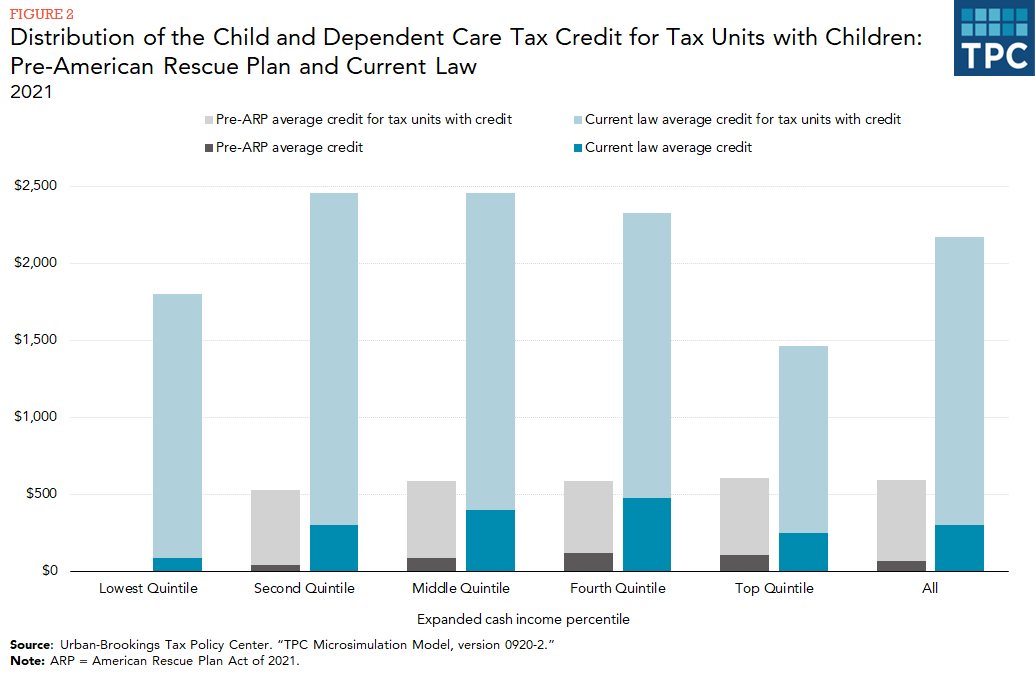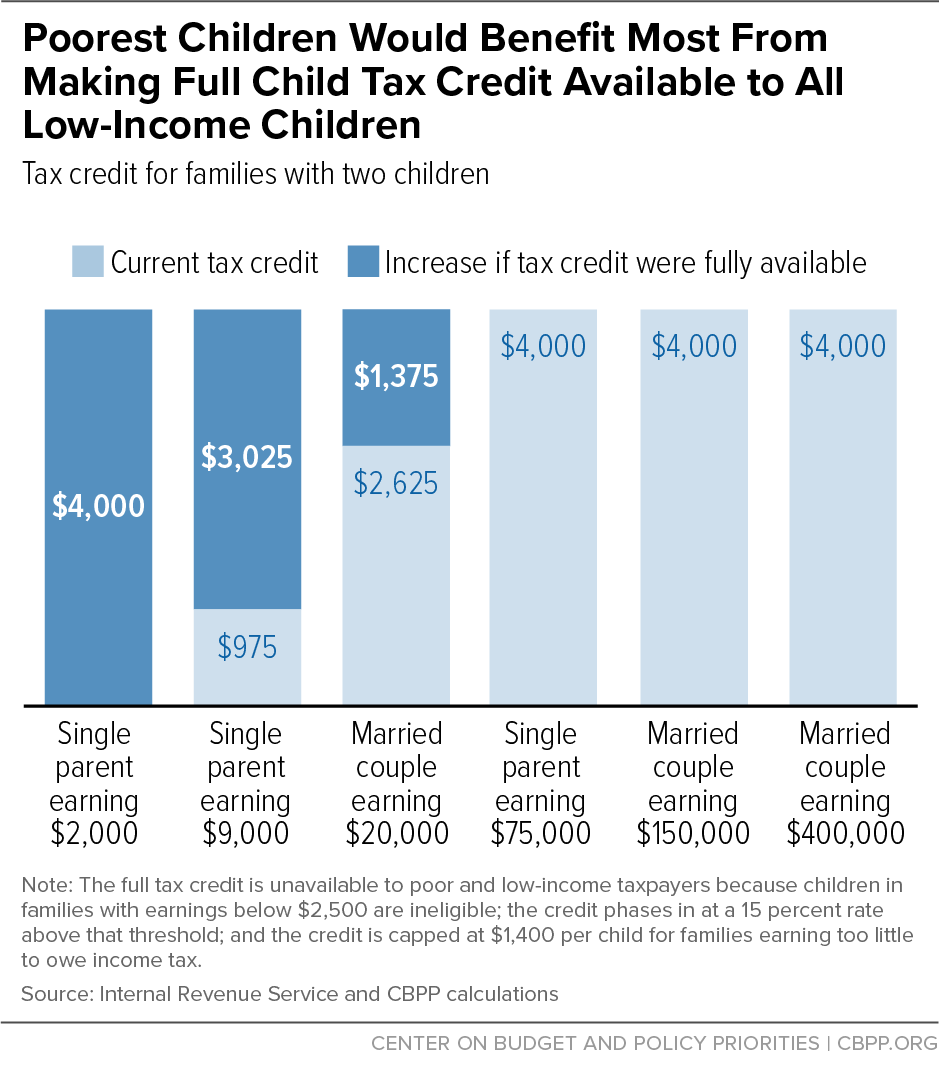
Your earned income was over $12,400. The maximum credit allowed is $210 for one child or $420 for two or more children.

The child tax credit for tax years 2018 through 2020.
Tax deductions for 1 child. Up to $1,400 of this amount is refundable, depending on your income. You cannot claim this credit if your filing status is married filing separately. Your earned income was over $12,400.
The first phaseout can reduce the child tax credit to $2,000 per child. A child can receive up to $2,500. If you�d rather get your 2021 child tax credit money as one large payment, you�ll be able to opt out of monthly payments once the irs opens its online portal by july 1.
More than 99,000 returns claimed. How much of a tax deduction is a child? Your child’s investment income was more than $2,200 for the entire tax year, your child is required to file a tax return, your child was either:
You must file a return if any of the. The american rescue plan increased the child tax. The child tax credit for tax years 2018 through 2020.
The child tax credit (ctc) is a tax benefit granted to taxpayers for each qualifying dependent child. Your earned income (up to $12,050) plus $350. Any additional investment income at the tax rates used for trusts—as high as 37 percent.
Under the tcja, the child tax credit saw a substantial increase to $2,000 per qualifying child. Qualify taxpayer can receive a fully refundable refund of up to $1,000 as the aotc is partial refundable. The tax cuts and jobs act increased the child tax credit for tax years 2018 through 2020 from the old $1,000 limit.
Child and dependent care credit # How much of a tax break is a child in canada? This credit is another dollar for dollar reduction of your taxes for up to 35% of your expenses.
It reduced the amount you owed in taxes and allowed you to refund up to $1,400 of that amount. According to the irs, the standard deduction is $6,350 for single filers and $12,700 for joint filers for the 2017 tax year. For each child ages 6 through 17, the irs will pay $3,000.
Do kids count as tax deductions? Through the 2017 tax year, a dependent exemption lets you slash another $4,050 off your taxable income for each child you claim, beyond your standard deduction or itemized deductions. At any age, if you are a dependent on another person�s tax return and you are filing your own tax return, your standard deduction can not exceed the greater of $1,150 or the sum of $400 and your individual earned income.
The fee paid in total by the taxpayer over the duration of a financial year towards the educational needs of his or her child can be claimed as a tax deduction as per the provisions of this section; The phaseout will continue to deduct $50 for every $1,000 spent, bringing your credit per child below $2,000 for the first time. This equals $3000 for one child or $6000 for two or more children.
The maximum credit allowed is $210 for one child or $420 for two or more children. The second phaseout can reduce the remaining child tax credit below $2,000 per child. Deductions can only be claimed by an individual taxpayer.
The new child tax credit results in up to a $2,000 credit per qualifying child age 16 or younger. (how it works.) earned income tax credit this credit. In other words, the first $2,000 was paid 100%, and the next $2,000 was paid 25%.
That is, the first phaseout step can reduce only the $1,600 increase for qualifying children ages 5 and under, and the $1,000 increase for qualifying children ages 6 through 17, at the end of 2021. Your unearned income was over $1,100. This has doubled the previous amount, and the child tax credit was previously only refundable if you were also claiming the additional child tax credit.
Under 18 years of age at the end of the year, under 18 years of age at the end of the year and. Taxpayers can claim tax deductions up to a maximum of rs 1.5 lakhs under this section; Your gross income was more than the larger of— $1,100, or.
Children between the ages of six to 17, which amounts to $3,600 in fy 2021, will be entitled to $3,300. For the 2021 tax year, this item covers up to $14,440 in adoption costs per child.